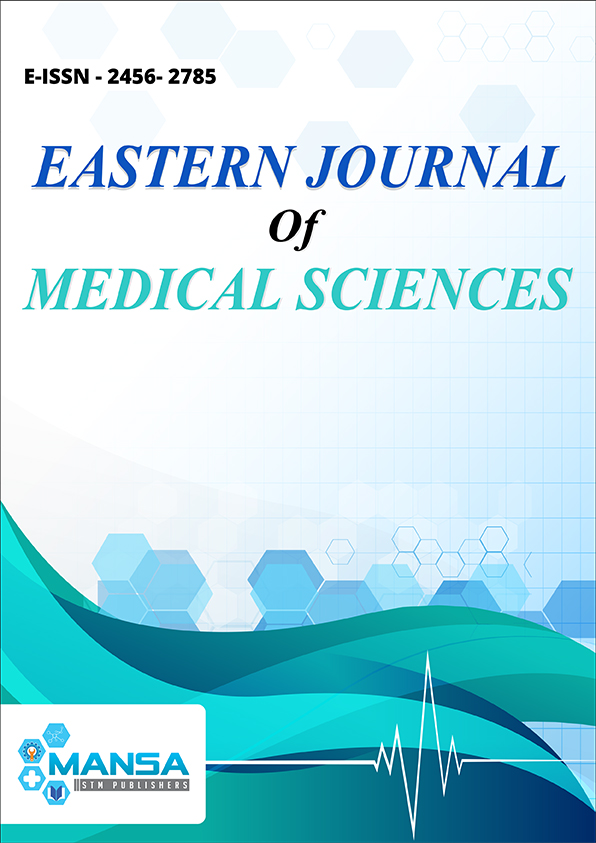Prediction of Low Factor V Levels in Patients with Herbal Medicine Related Acute Liver Injury
DOI:
https://doi.org/10.32677/EJMS.2018.v03.i04.005Abstract
Background: Prior epidemiologic studies predicted a rapid rise in herbal medicine-related acute liver injury (HILI) and liver transplantation (LT) as trading of traditional herbal medicine drugs is expanded. HILI is the leading cause of liver transplantation in the world. The indication for LT was defined as acute liver failure (ALF) with the factor V (FV) level below 35%. Objective: To explore the possible impact of herbal medicine-related to the liver failure on the laboratory parameters and to determine if simple laboratory values play a role in determining lower FV levels. Materials and methods: Totally, 38 HILI cases who were admitted to a tertiary care hospital between May 2016 and May 2018 were scanned, retrospectively. Need for LT was assessed by the determination of FV levels. Results: The mean age of participants was 37±13 years where 27 (71%) were female while the rest were male and 81% of the total population were farmers. Total 78% patients were reportedly consuming herbal medicine pills, and 22% reported consuming traditional Turkish herbs. Among 38 cases with HILI in critical care, 2 (5.2%) have died, 3 (7.8%) underwent LT and 33 (87%) were recovered and discharged. Results of 38 patients with available data also showed that factor V levels were positively correlated with the hemoglobin and platelet levels (p<0.05) and negatively correlated with prothrombin time (p<0.05). Conclusion: These findings suggest that detecting anemia and thrombocytopenia could be an important, economically feasible strategy for improving outcomes in HILI.

